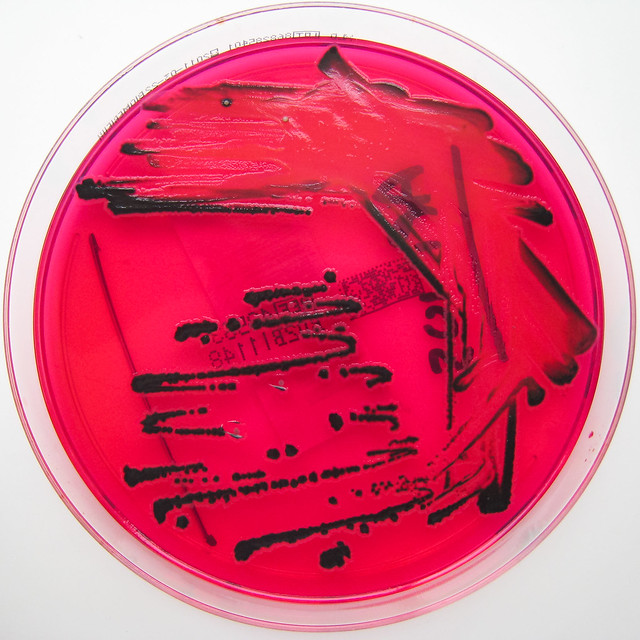Breaking news – the USDA Food Safety and Inspection Services (FSIS) just issued a public health alert for chicken produced on a Californian farm that has caused 278 outbreaks of salmonella in 18 states. According to their website, the outbreak is continuing.

Image by Nathan Reading via Flickr CC.
While their announcement also refers to an investigation done by the Center for Disease Control and Prevention, this article claims that the Center is unable to properly carry out a full-scale investigation to see how far the outbreak has spread, and which products are responsible. Further, it is hard to get up-to-date information, seeing as both the CDC’s and USDA’s websites are not being updated due to the shutdown.
Interestingly, even if the government agencies were working at full capacity, unlike the FDA (Food and Drug Administration) that is responsible for most food safety questions, the FSIS (responsible for meat products) has no authority to order a recall of food products contaminated with salmonella (though it does for example for outbreaks of E.coli).
This means that producers can simply continue their production as though nothing had happened, and consumers are expected to be responsible for their own health (remember my last post about consumer responsibilities?). In fact, this is what the farm in question seems to be doing, since they issued a statement saying “None of the strains identified were resistant to antibiotics that are medically important for treating human illness,” and in addition stating on their website’s FAQs that their poultry products are “safe and wholesome to consume when safe food handling and cooking practices are followed.”
The FSIS gives the same advice – cook your chicken thoroughly in order to avoid food-borne bacteria. How about making sure we eliminate known sources of food-borne bacteria in the first place?
Edited to add: According to NPR, the USDA maintains that the shutdown does not affect their work in assuring food safety, and they reported recalling around 30 workers from the furlough as a response to the outbreak, including 10 that work for the foodborne division. Still, as the Center for Science in the Public Interest argues, the fact that communications staff has been noticeably reduced could make a huge difference in the management of the issue: “The agency’s ability to push out the information is a lot more limited than it would be otherwise.” The NPR article also has information about which chicken is affected if you want to check.